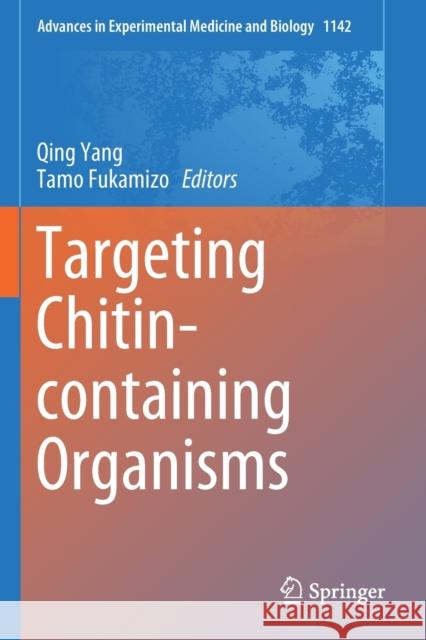Targeting Chitin-Containing Organisms » książka
topmenu
Targeting Chitin-Containing Organisms
ISBN-13: 9789811373206 / Angielski / Miękka / 2020 / 292 str.
Targeting Chitin-Containing Organisms
ISBN-13: 9789811373206 / Angielski / Miękka / 2020 / 292 str.
cena 442,79
(netto: 421,70 VAT: 5%)
Najniższa cena z 30 dni: 424,07
(netto: 421,70 VAT: 5%)
Najniższa cena z 30 dni: 424,07
Termin realizacji zamówienia:
ok. 22 dni roboczych
Dostawa w 2026 r.
ok. 22 dni roboczych
Dostawa w 2026 r.
Darmowa dostawa!
Kategorie:
Kategorie BISAC:
Wydawca:
Springer
Seria wydawnicza:
Język:
Angielski
ISBN-13:
9789811373206
Rok wydania:
2020
Wydanie:
2019
Numer serii:
000253056
Ilość stron:
292
Waga:
0.42 kg
Wymiary:
23.39 x 15.6 x 1.6
Oprawa:
Miękka
Wolumenów:
01
Dodatkowe informacje:
Wydanie ilustrowane











